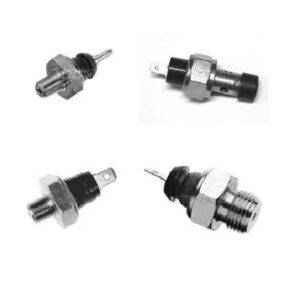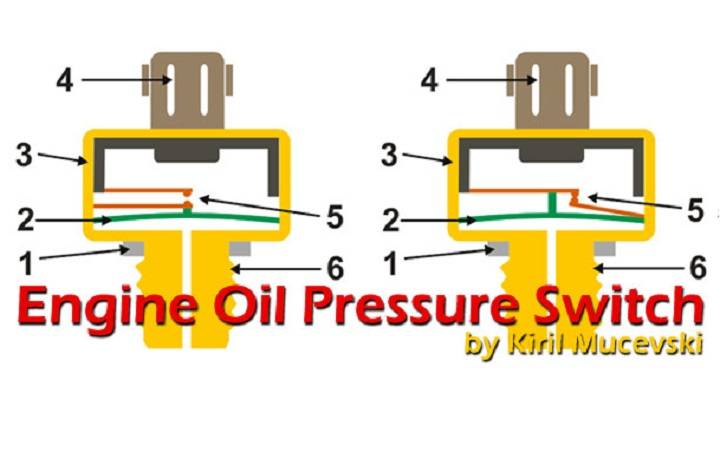The oil pressure switch in a vehicle plays a pivotal role in monitoring the engine’s oil pressure. This small yet crucial component is often overlooked but holds immense significance in ensuring the engine’s optimal functioning. It serves as a safety mechanism, indicating the pressure levels within the engine and alerting the driver in case of irregularities. Let’s delve deeper into the significance, functionality, and maintenance of the oil pressure switch.
What is an Oil Pressure Switch?
- Function: The oil pressure switch acts as a sensor that detects the pressure of the engine oil.
- Significance: It plays a critical role in safeguarding the engine from potential damage by alerting the driver if the oil pressure falls below the optimal level.
- Location: Typically positioned near the engine or the oil filter, the switch monitors the oil pressure continuously.
Importance of the Oil Pressure Switch

- Engine Lubrication: Adequate oil pressure is essential for proper lubrication of engine components, reducing friction and wear.
- Temperature Regulation: Maintaining optimal oil pressure aids in cooling the engine by carrying away heat from moving parts.
- Engine Performance: Consistent oil pressure contributes to the overall performance and longevity of the engine.
How Does it Work?
- Monitoring Pressure: The switch has a diaphragm that moves with the oil pressure. When pressure drops below a certain threshold, it triggers the switch to activate a warning light on the dashboard.
- Electrical Connection: It is connected to the vehicle’s electrical system, allowing it to relay information about oil pressure status to the driver.
Signs of a Faulty Oil Pressure Switch
- Dashboard Warning Light: If the oil pressure warning light illuminates or flickers while driving, it might indicate a faulty switch or low oil pressure.
- Inaccurate Readings: Fluctuating or inaccurate oil pressure readings can signal a malfunctioning switch.
- Strange Engine Noises: Low oil pressure due to a faulty switch might cause unusual engine noises due to inadequate lubrication.
Maintenance and Replacement
- Regular Checks: Routine inspection of the oil pressure switch during maintenance checks is crucial.
- Timely Replacement: If any signs of malfunction are detected, it’s advisable to replace the oil pressure switch promptly to avoid potential engine damage.
- Professional Assistance: Seeking professional help ensures proper diagnosis and replacement, if necessary.
The oil pressure switch might be a small component, but its impact on the overall health and performance of a vehicle’s engine is substantial. Understanding its role, regular inspection, and timely maintenance are vital to ensure the engine’s longevity and optimal functionality. Keeping an eye on the oil pressure switch can save you from potential costly repairs and vehicle downtime, making it a crucial element for every vehicle owner to consider.


